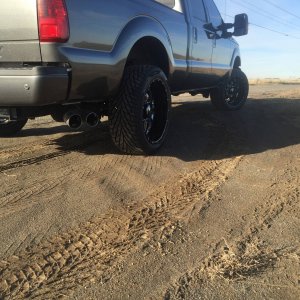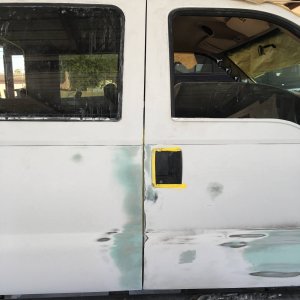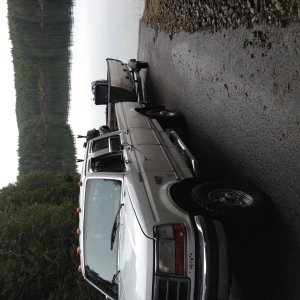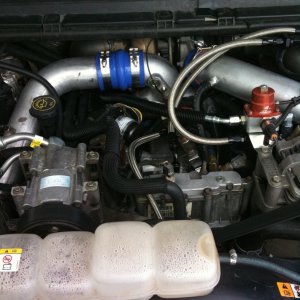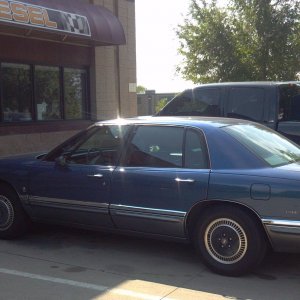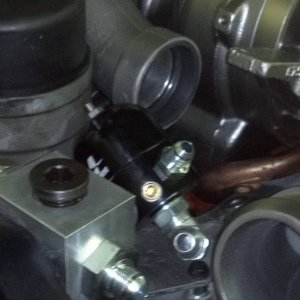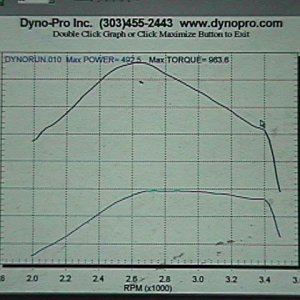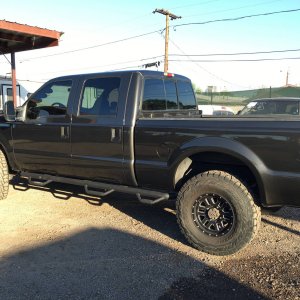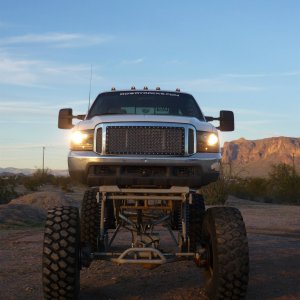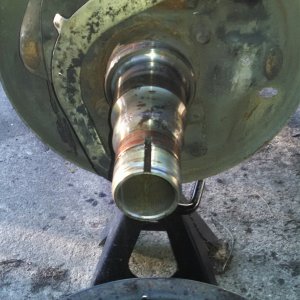mcdaniel1991
Active member
320 grit on 24" long board & foamy engine brite wipe clean. Rinse with water blow dry. yes this process sucks takes minimum of 1 hour but, 320 will provide Ra<20, long board ensures deck surface is flat or at least you don't make it worse, foaming engine degreaser helps clean oil an grease also cheap 3 bucks a can. When done you will see factory machining marks. It is NOT necessary to remove any staining on surface just make sure it is clean. Removing staining will remove material!
Engines that had roloc wheels used can easily be identified by all the groves left in the deck surface. Any imperfections over .001 can/will leak
So you take the board long ways across all the cylinders with the 320 wrapped around it??

